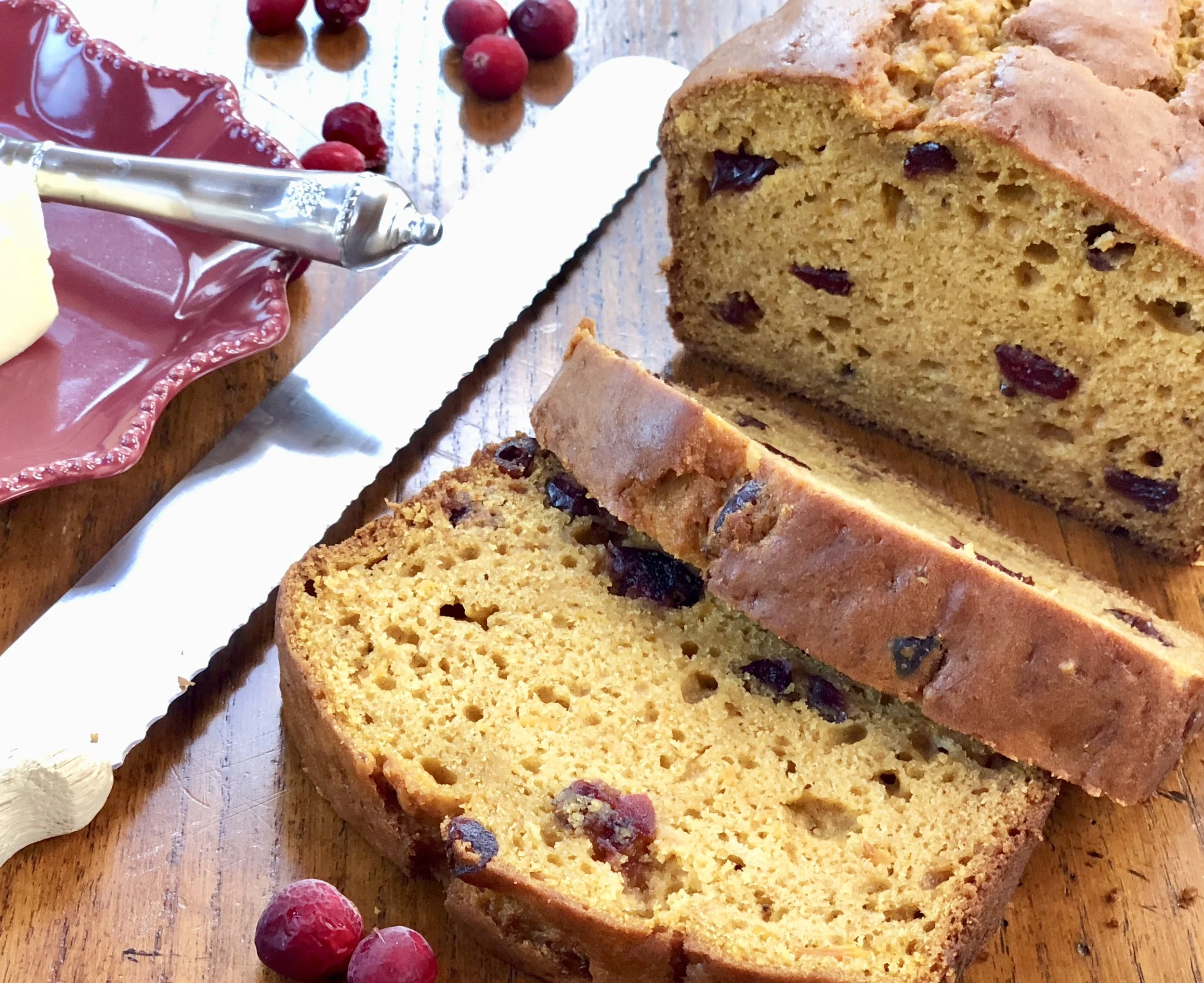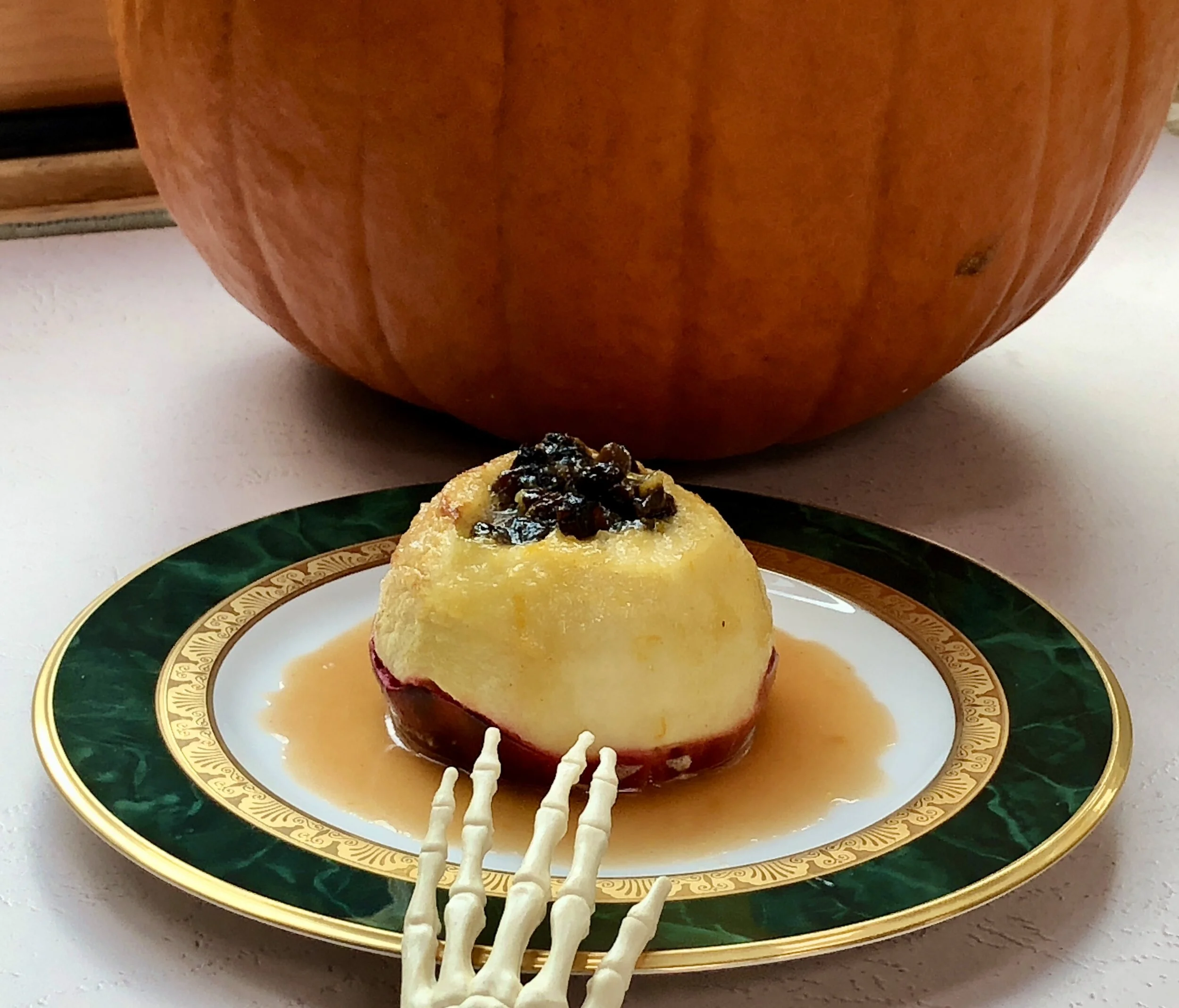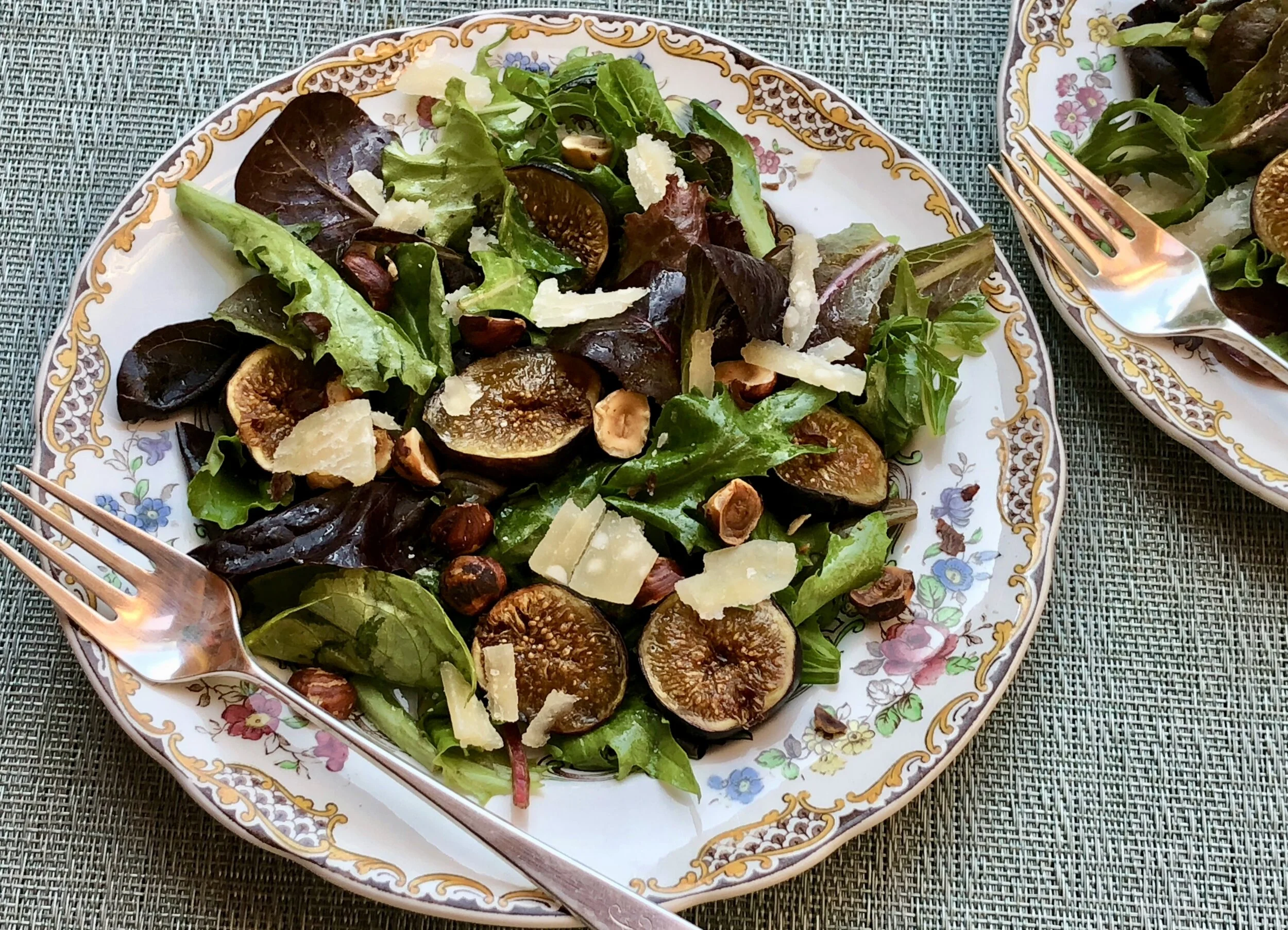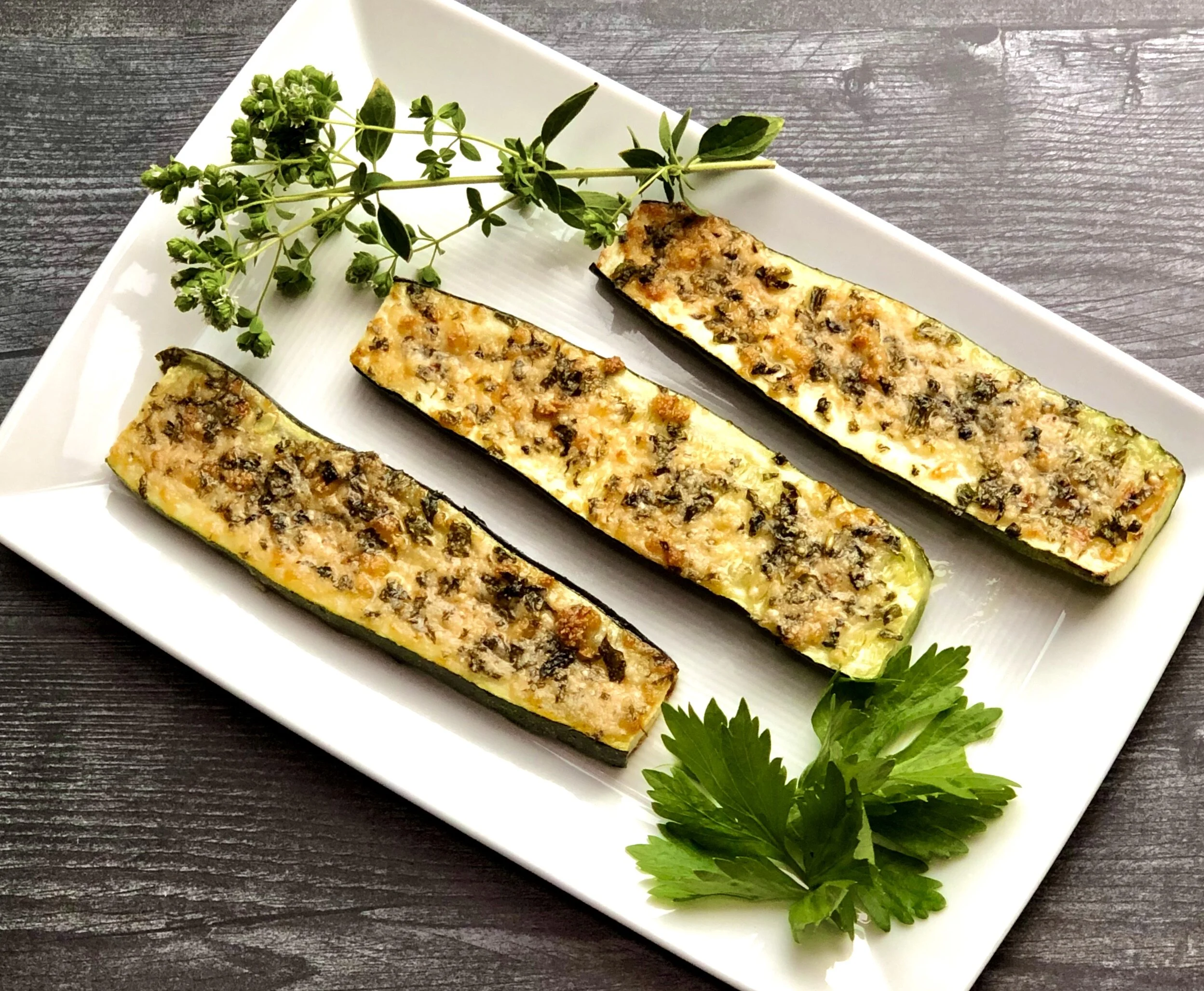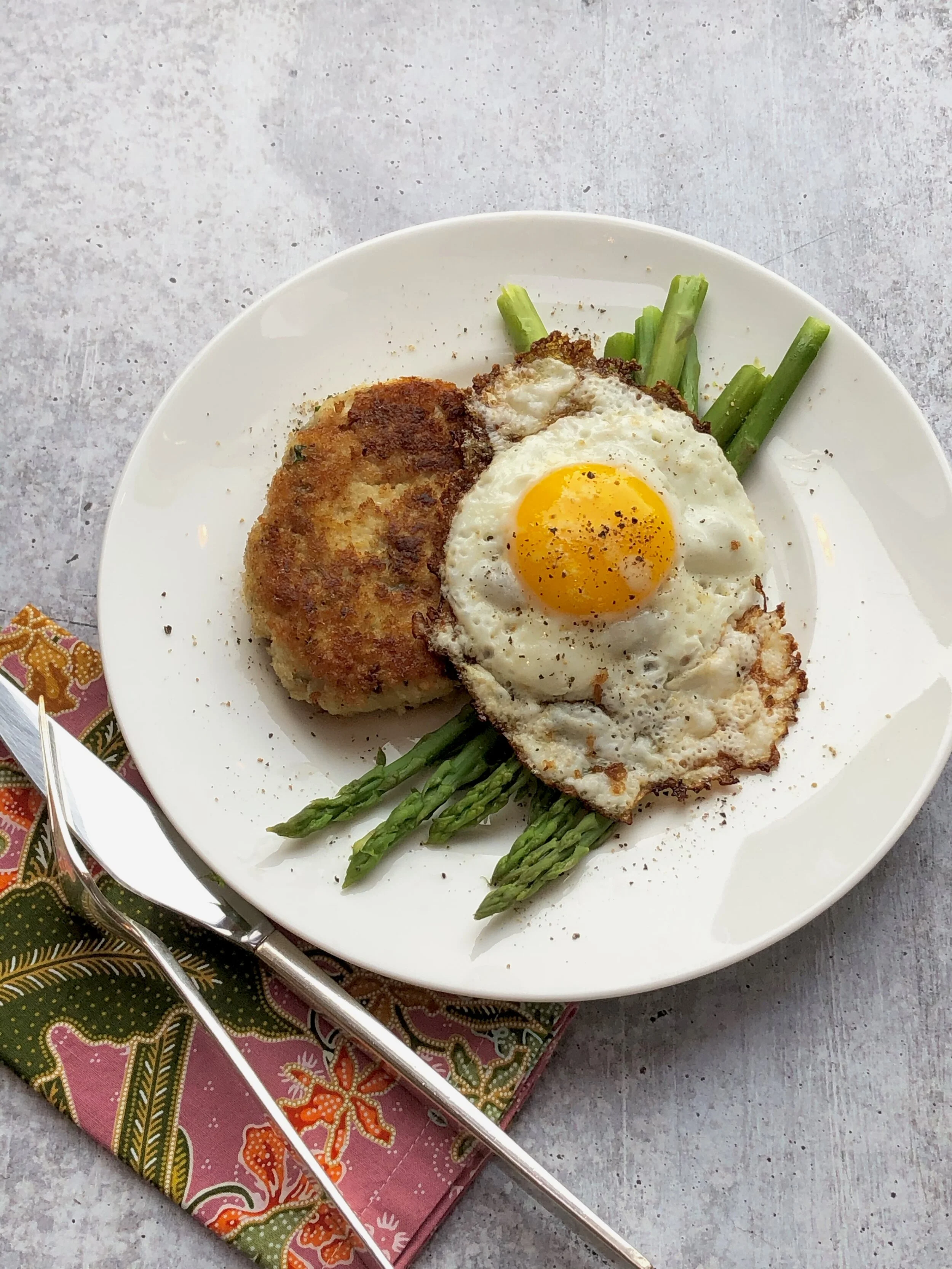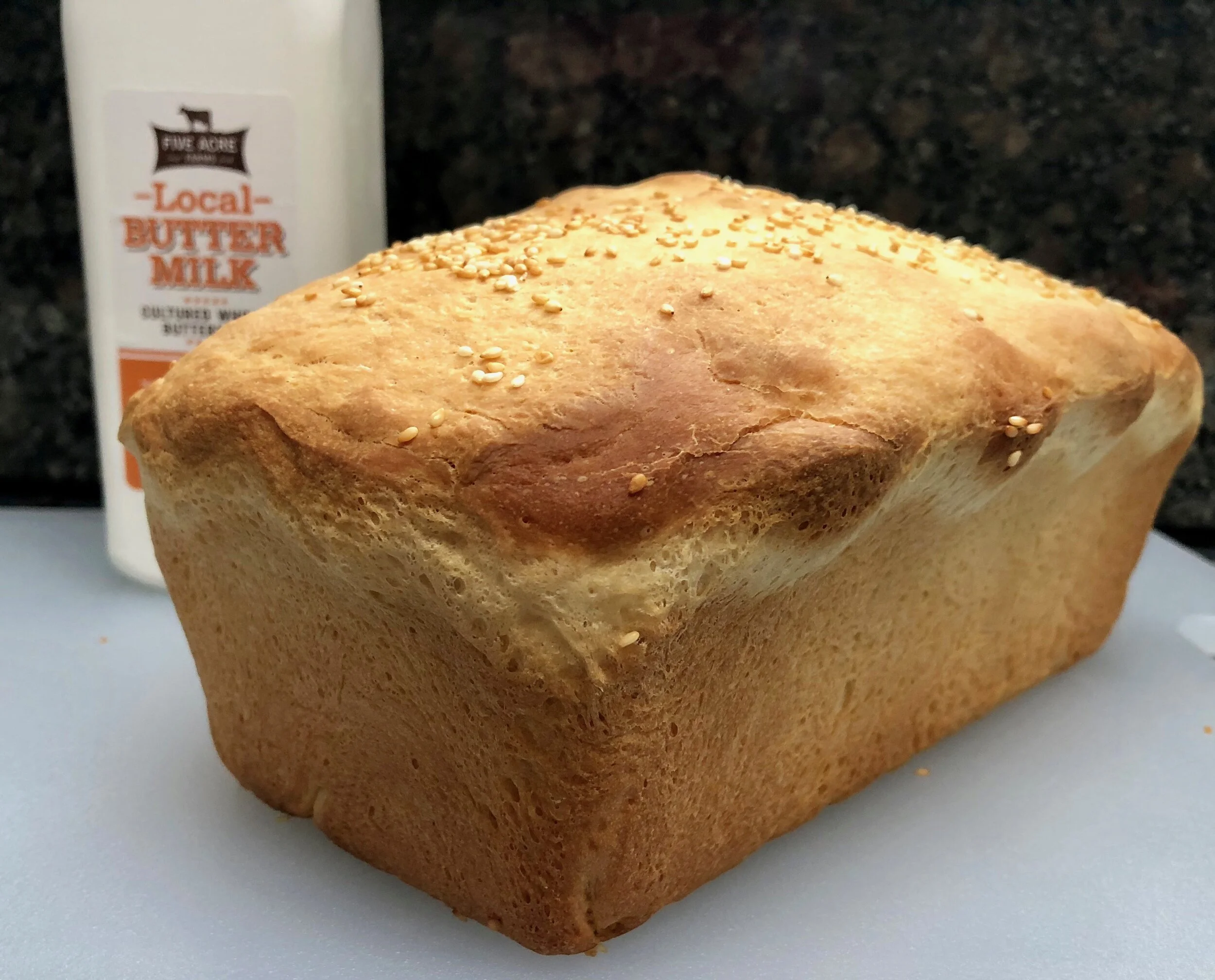My cousins are coming for New Years! All is well. We have all quarantined and isolated and done what we had to, tested and so on. We are all set!
So — we will have our usual, long New Year sleepover celebration.
For us, New Year’s Eve is an hors d’oeuvre fest. I wrote about that last week.
But then life goes on with the usual meals. We usually have a late breakfast, mid-afternoon snack and then dinner.
Breakfast — smoked salmon, whitefish, bagels, pickled herring. You know the drill.
After a couple of days it gets to be a bit overkill, so breakfast boils down to eggs. Period. With some sort of bread. Usually quick bread. Usually lemon. Frequently with blueberries.
Here’s this year’s version:
Lemon Blueberry Tea Bread
6 tablespoons butter or margarine
1/2 cup sugar
2 large eggs
2 teaspoons finely grated lemon peel
2 cups all-purpose flour
2 teaspoons baking powder
1/2 teaspoon baking soda
3/4 teaspoon salt
1 cup milk
1 teaspoon vanilla extract
1 cup fresh blueberries
Preheat the oven to 350 degrees. Grease an 8-1/2” x 4-1/2” x2-1/2” or 9" x 5" x 3" loaf pan. In the bowl of a mixer set at medium speed, beat the butter and sugar together for 1-2 minutes or until the mixture is well blended. Add the eggs and lemon peel and blend them in thoroughly. Mix the flour with the baking powder, baking soda and salt in a small bowl. Mix the milk and vanilla extract. Add the dry ingredients in thirds alternating with the milk mixture and beat to blend ingredients thoroughly. Fold in the blueberries. Pour the batter into the prepared pan. Bake for about 40-50 minutes or until a cake tester inserted into the center comes out clean. Cool the bread in the pan for 10 minutes, then invert onto a cake rack to cool completely.
Make one bread


